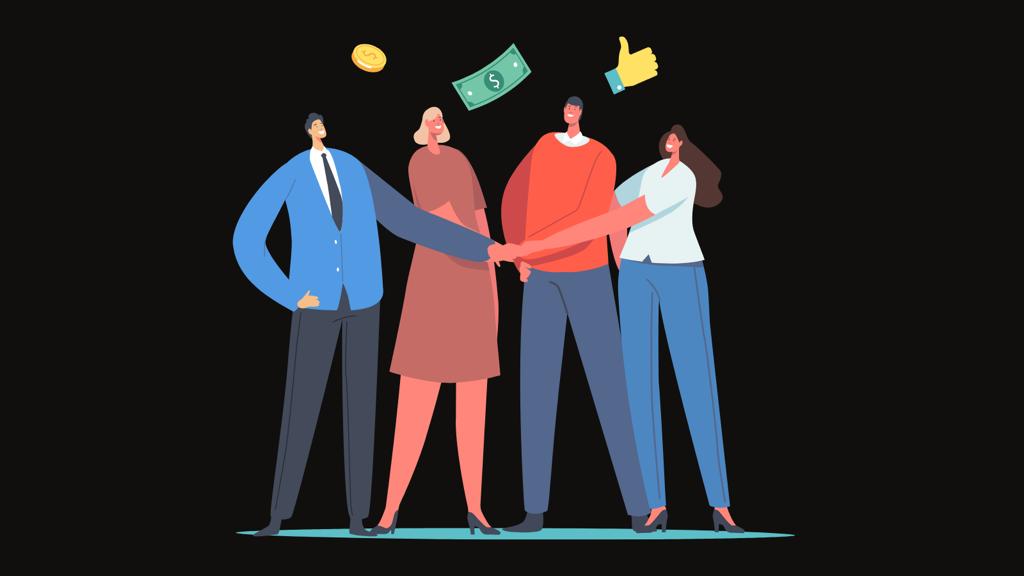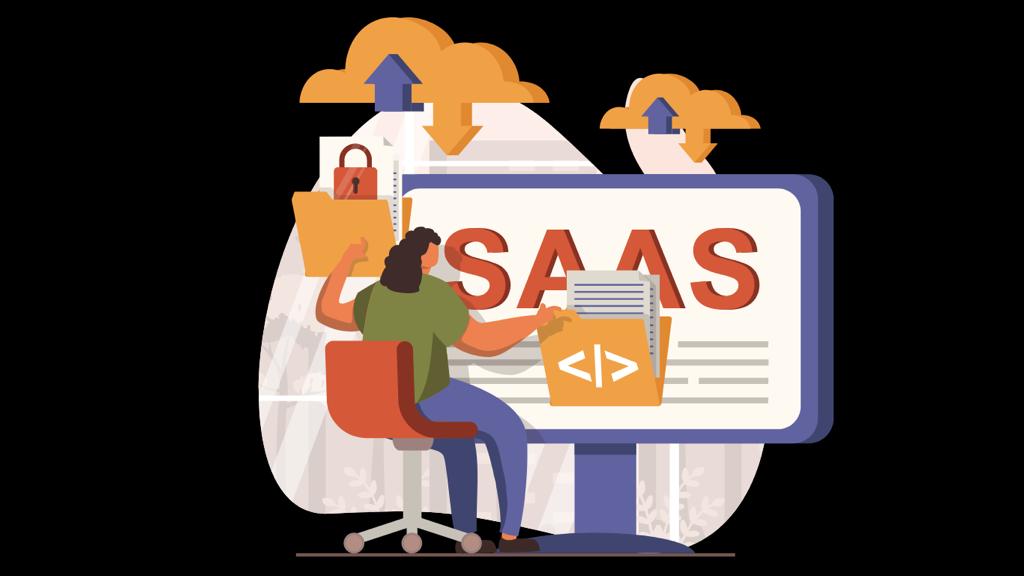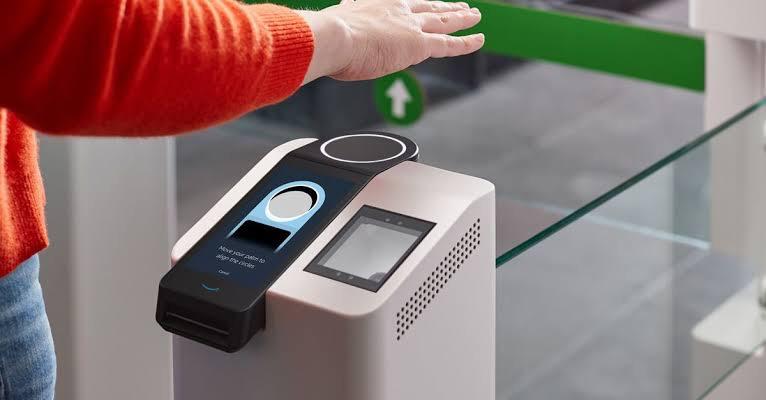
Introduction – Making Shopping Experience Frictionless!
Amazon has introduced its palm recognition technology, which will initially be utilised within the company’s physical retail stores to transform your hand into a personal credit card. Your palm’s surface characteristics, such as lines and ridges, along with vein patterns to form a “palm signature,” allow Amazon One to recognise you. This makes the whole experience of shopping frictionless!
The company plans to add Amazon One to other Amazon stores in the coming months. Initially, this palm signature will be used in Amazon’s own Go stores in Seattle. Eventually, Amazon One usage will go beyond merely palm-based payments. According to Dilip Kumar, vice president of Amazon’s physical retail business, “we believe Amazon One has broad applicability beyond our retail stores, so we also plan to offer the service to third parties like retailers, stadiums, and office buildings so that more people can benefit from this ease and convenience in more places.”
1. Not everything is about convenience
You must first submit your phone number and link your palm print to your credit card to utilise Amazon One. At the checkout, you simply scan your palm to pay rather than using a credit card. Although Amazon advertises this as being especially convenient, it isn’t. If you use Apple Pay and your Apple Watch, paying with a credit card is as simple as touching or waving it over a contactless scanner. With one additional double-click before it, it is practically identical to waving your palm. If it weren’t for the issues with employing biometrics for authentication, none of this would matter. At first, it seems promising.
2. On its Amazon One page, Amazon argues the following:
“One particular aspect of you is your palm. It can only be utilised by you and doesn’t go somewhere you don’t.” All of this may be done without keeping your palm print. Instead, the technology cryptographically transforms the scan when it is initially performed into a hash or a code that cannot be reversed to reconstruct your palm print. The scanning device repeats the process when you pay. It does a scan, generates a hash, and contrasts the hash with the one on file. Pay if they agree.
To revolutionise the way you shop, Amazon wants to read your palm. However, not to reveal your future. Customers may purchase using the company’s Amazon One palm recognition service by merely holding their hand over a scanner. The piloting of the checkout devices began in 2020, and three months ago, the technology was deployed to 65 Whole Foods Market locations in California. Dallas-Fort Worth has recently added the service, and two Whole Foods Markets—in Irving and Highland Village—are already using it.
According to Amazon, the Amazon One Palm payment option will be available at all 16 Whole Foods. Market locations in the Dallas-Fort Worth region in the upcoming weeks. Whole Foods was acquired by Amazon in 2017 for $13.7 billion, making it the perfect location to increase the usage of its touchless, frictionless payment technology.
3. What it does
The first step in using palm recognition payment is to visit a store with an Amazon One device or kiosk. You register for the free service by using the device to scan your palm, after which you share your mobile number, payment card information, and/or merchant membership information. Every palm is different, just like every fingerprint. Your palm’s linear, swirling surface features—as well as vein patterns and other traits beneath the skin—help distinguish it as solely being yours.
According to Amazon, many of these traits are invisible to the human eye or a typical camera but are discernible by the Amazon One scanner. The device’s exclusive photography and computer algorithms will quickly collect the distinctive identifiers on your hand. The gadget will then “encrypt” a picture of your palm. According to Amazon, the entire sign-up process takes “less than a minute.” But some people might ruminate on privacy issues for more than a minute.
Before appearing in Whole Foods and other retail locations, Amazon One first debuted in Amazon Go stores. More than 65 Whole Foods locations in California will now accept payments made through palm recognition, thanks to Amazon. In a few Whole Foods locations in Texas, Washington, California, and New York, the technology is now accessible. The idea is straightforward: At Amazon’s in-store kiosks, you purchase by scanning your palm over a payment device. There is no need for you to touch the scanner. Just use a credit card to join up in person at an Amazon One location. You then enter your mobile phone number after scanning one or both of your palms.
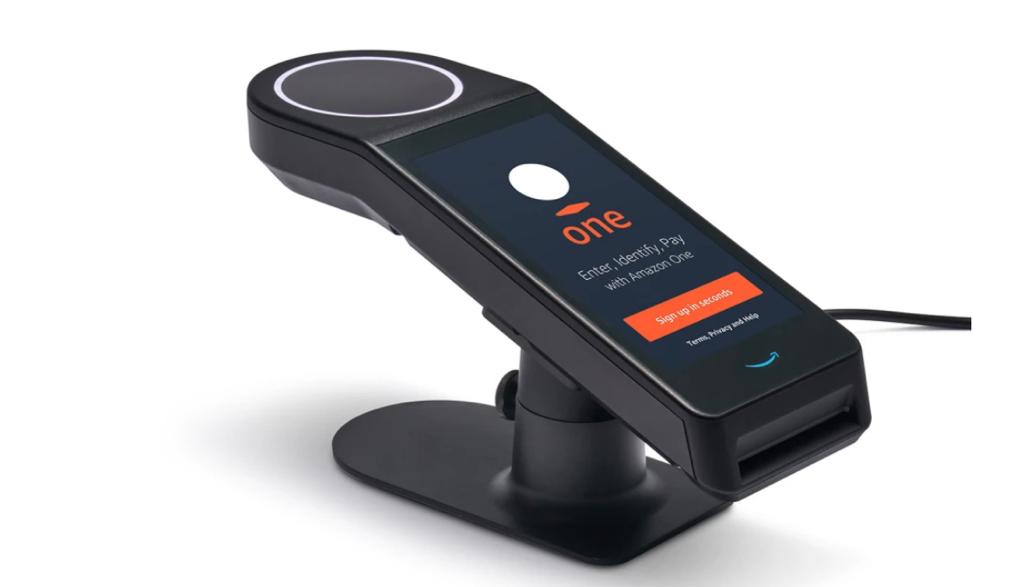
4. It seems simple enough, but how does Amazon know that you are the one making the purchases? Somewhere must hold the data.
Your information is kept in the cloud, and according to Amazon, “it is only used to generate and maintain your unique palm signature, validate that you are an enrolled Amazon One customer, and confirm your identity.” The information on your hand is kept apart from everyone else’s.
5. Privacy of your palm
If you use this service, a very sizable firm will have access to your biometric information. Since many people find that unsettling, Amazon is making an effort to reassure customers. According to the company’s website, “We handle your palm signature just like other extremely sensitive personal data and keep it safe using best-in-class technical and physical security safeguards.”
The business clarified in a statement that “palm photos are never saved on the Amazon One device” and that “the Amazon One device is secured by several security safeguards.” Instead, the photos are encrypted and transported to a very safe place in the cloud we created for Amazon One, where we construct your palm signature. Additionally, Amazon emphasises that you choose when to utilise Amazon One: You must intentionally use our service to use your palm.
After completing any outstanding transactions, Amazon promises to permanently erase your palm signature from its systems if you opt to cancel your Amazon One ID. If you don’t use any Amazon One device for two years, your palm signature will be immediately removed.
6. The Method Used to Scan an Amazon One Palm
We can talk about how Amazon is using the technology now that we know what it is capable of. We should start by stating that the technology is incredibly easy to utilise by connecting their palm and credit card to the service. Customers can construct their biometric profile at an Amazon One site that accepts the service. A consumer only needs to place their hand over a tiny infrared reader to accomplish this, and the device will immediately provide the user’s profile. By applying machine learning technologies to construct a consumer’s palm “signature,” Amazon One develops these profiles. In other words, the business creates an encrypted digital impression of the customer’s palm rather than a photograph.
Once the profile has been created, the user can use it to process payments wherever Amazon One is accepted. Simple enough, it seems. However, because palm-vein scanning is a little mysterious to the general public, there is an increasing amount of scepticism around it.
It is true that Amazon is a major participant in worldwide commerce and that it dominates the North American market. Will the platform’s potential benefits outweigh scepticism from the general population is still an open topic. The most important aspect is if evangelists can properly communicate the advantages of the technology.
7. Palm Payment Technology: What is it?
We need first look at how the technology functions to fully comprehend how Amazon palm payments operate. A palm vein scan maps the distinctive vein architecture in your palm using infrared light and then encodes these data points. It enables specialist biometric payment scanners to visualise and register the distinctive vein patterns in your wrist or hand. The 500 million data points the palm-vein scanner reads are then converted into a special encrypted code that will serve as your biometric ID by the palm-vein scanner.
The fact that palm-vein mapping is internal sets it apart from other biometric security systems. It is never exposed in plain sight, unlike other biometric technologies. As a result, it is far more challenging for identity thieves to pass as someone else. It wouldn’t be unreasonable to consider palm mapping to be a type of password security. However, you utilise your own body to unlock features rather than an alphanumeric code. Using a palm vein scan, you can have:
- The strongest biometric security currently available
2. Built-in privacy; each user’s information is unique, and the system complies with GDPR
3. 500 million data points compared to 80 nodal points for facial recognition technology; more precise impressions.
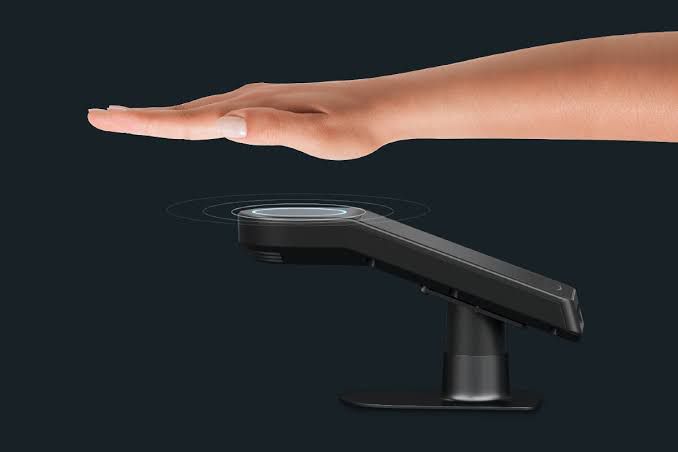
8. The Advantages of Processing Palm Payments
As we already noted, there are many benefits to One palm pay over fingerprints or other biometric information. This is due to the technology’s fundamental capabilities. Imitating, manipulating, or recreating an internal biometric system is significantly more difficult. The system also offers numerous advantages for personal health and safety, which are particularly desirable in the post-Covid environment. Amazon can provide palm payments.
8.1. Can I delete my biometric information if, after registering, I decide I no longer want to use Amazon One?
You can request to remove data connected to an Amazon One device directly from the device or the online customer portal at one.amazon.com. Amazon created Amazon One with the idea that users should always have full control over how, when, and where they use the service.
8.2. Get Proactive
Although palm-vein scanning technology is a useful tool, it can only affect a small number of fraud and chargeback sources. Keep in mind that loss sources like friendly fraud are unaffected by fraud detection techniques, regardless of how you deploy them or how you combine them. To deal with these and other risks to your income, more assistance will be required.
Conclusion
The goal that Amazon has been pursuing has been to make in-person retail easy and seamless, and this is how Amazon One is positioned. With its Just Walk Out technology, you may buy things and simply leave without going through a real checkout process. Similar to how a hotel minibar works with sensors that automatically charge you. Beyond privacy issues, cashier-less shopping also makes one wonder how or where retail staff would figure into the scenario.
The big e-commerce company wants to use One for more than just its operations by making the technology available to other people. The Amazon One, which was previously suggested, can potentially be utilised as an identity verification tool for offices even if it is currently largely used as a contactless payment method. You can picture a time in the future when Amazon partners with football stadiums, Midtown offices, concert venues, and nearby grocery stores to deploy palm reading kiosks.

